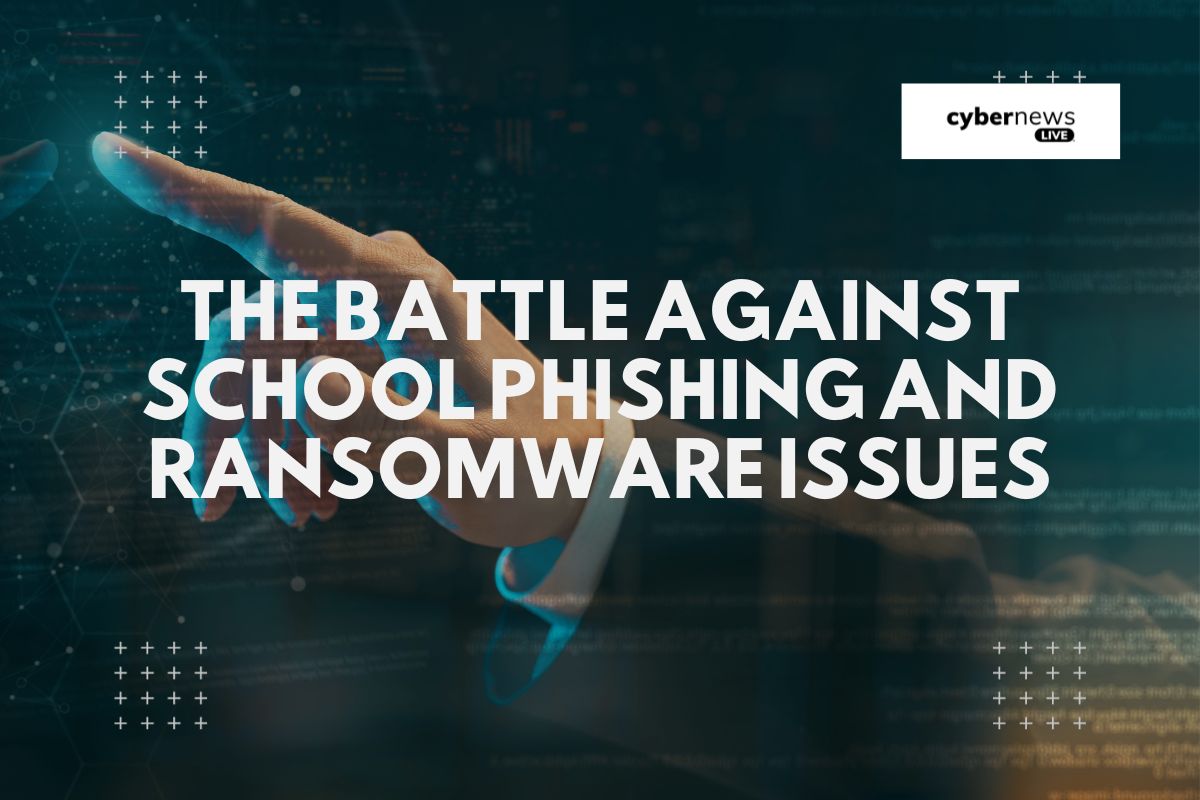
Protecting Schools Against Phishing and Ransomware Threats
The Growing Threat of Cyber Attacks on Schools
Cyberattacks are hitting schools harder than ever. Between 2016 and 2022, more than 1,600 cyber incidents struck U.S. public K-12 schools. More than 50 ransomware attacks are reported each year, and the fallout is growing. A recent case in New Haven shows how serious it can get—hackers stole $6 million by impersonating a school executive in email exchanges with the city’s budget office and vendors.
The threat landscape has intensified further:
- Between July 2023 and December 2024, 82% of K-12 schools experienced a cyber incident, with over 9,300 confirmed attacks.
- In 2024, 116 ransomware attacks targeted U.S. K-12 districts, affecting an estimated 2,275 schools.
- Phishing and social engineering were the primary attack vectors, exploiting human vulnerabilities over technical flaws.
- The average ransom demand in the education sector reached $847,000 in 2024.
These attacks exploit weak cybersecurity, tight budgets, and overworked IT teams. Schools hold a trove of valuable data, from student records to financial accounts, and they often run on outdated systems. Even worse, some threats come from within—curious or mischievous students probing for fun.
Why Schools Are Prime Targets for Ransomware
- Sensitive Data: Student records, payment information, and research make schools attractive to data thieves.
- Limited Resources: Smaller budgets and understaffed IT teams leave gaps in cyber defenses.
- Pressure to Pay: Schools often feel forced to pay ransom quickly to avoid disruption.
- Old Tech: Many rely on legacy systems vulnerable to modern exploits.
The impact? Disrupted classes, privacy breaches, financial loss, and damaged reputations.
Types of Cyber Threats Schools Face
- Phishing: Mass emails disguised as legitimate requests for information.
- Spear Phishing: Targeted, highly personalized attacks on specific individuals.
- Whaling: Aimed at senior staff, impersonating top leaders to approve fraudulent payments.
- Vishing: Voice-based scams pretending to be trusted sources.
- Smishing: Text messages prompting clicks or replies that compromise systems.
Three Layers of Cyber Defense for Schools
- Cyber Awareness and Education
- Train staff and students on spotting suspicious emails and activity.
- Use games, quizzes, and age-appropriate lessons to make it stick.
- Stronger Technology and Policies
- Install up-to-date antivirus software and firewalls.
- Enforce strong password policies and multi-factor authentication.
- Separate Wi-Fi for staff, students, and guests. Monitor all activity.
- Proactive Monitoring and Response
- Watch for strange behavior—sudden traffic spikes, odd login times, etc.
- Create a clear incident response plan and test it regularly.
- Partner with cybersecurity professionals for assessments and ongoing support.
Conclusion
Phishing and ransomware aren’t going away—and schools can’t afford to be unprepared. With limited budgets, varied users, and valuable data, schools need to get smart about cybersecurity. That means layered defenses, constant vigilance, and realistic response plans.
Building a safer digital environment for students, staff, and administrators starts with education, technology, and teamwork. Because in today’s threat landscape, being reactive isn’t enough—schools must be ready.
Stay informed and empowered with Cyber News Live! Join us for insightful discussions, expert analysis, and valuable resources that promote cyber awareness and safety in education. Don’t miss out—tune in to Cyber News Live today!

